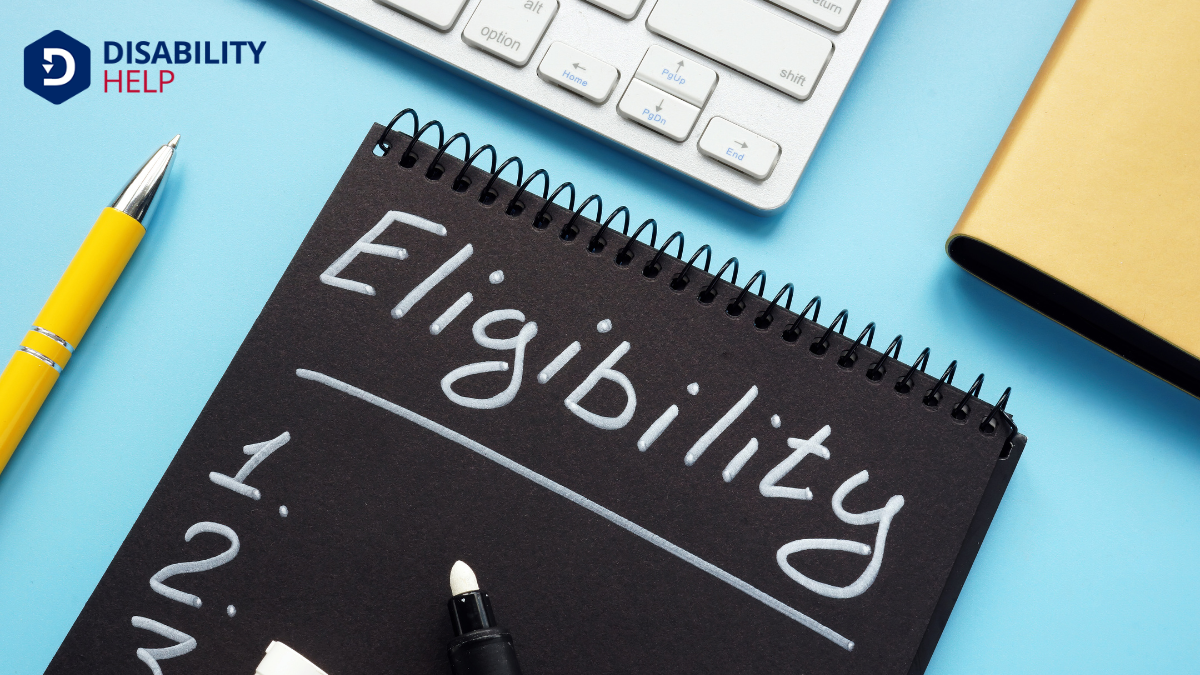Let's explore why some individuals receive both SSDI and SSI benefits. We often assume these programs are mutually exclusive, but that's not always the case. It’s crucial to understand the unique circumstances that lead to dual eligibility. Could it be due to limited work history, severe disabilities, or financial need? These factors open the door to additional support. Curious about how this dual eligibility can impact those in need? Stay tuned.
Key Takeaways
- Dual eligibility occurs when SSDI benefits are too low to meet SSI income thresholds.
- Limited work history can result in low SSDI payments, qualifying individuals for SSI.
- Severe disabilities can restrict work opportunities, leading to eligibility for both programs.
- Age and disability factors can intersect, allowing eligibility for SSDI and SSI simultaneously.
- Combining benefits provides increased financial support and access to healthcare services.
Understanding the Basics of SSDI and SSI
Understanding the basics of SSDI and SSI is essential for maneuvering through disability benefitsFinancial assistance provided to individuals who are unable to work due to a disability, such as Soc... effectively.
SSDI, or Social Security Disability InsuranceA form of insurance that provides income to individuals who are unable to work due to a disability., is for those of us who've worked and paid Social Security taxes. It's funded through our payroll contributions. If we become disabled, SSDI can provide financial support based on our work history.
On the other hand, SSI, or Supplemental Security Income, is need-based, targeting individuals with limited income and resources, regardless of work history.
Navigating both programs can be overwhelming, but grasping their core differences helps. SSDI is work-credit dependent, while SSI focuses on financial need.
Criteria for SSDI Eligibility

To qualify for SSDI, three primary criteria must be met, guaranteeing that the program supports those who truly need it.
First, we must have a medical condition that meets the Social Security Administration's (SSA) definition of a disability. This means our condition should be severe enough to prevent us from performing substantial gainful activity for at least 12 months or result in death.
Second, we need to have sufficient work credits, which we earn through paying Social Security taxes. Typically, we need 40 credits, with 20 earned in the last 10 years.
Finally, we must be younger than our full retirement age. Meeting these criteria helps guarantee SSDI reaches those genuinely unable to work due to a disabling condition.
SSI Eligibility Requirements
While SSDI focuses on those with a work history, SSI supports individuals with limited income and resources, regardless of work credits. To qualify for SSI, we need to meet specific criteria.
First, our financial resources must fall below certain thresholds. This includes cash, bank accounts, and other assets like real estate.
Next, our income, whether earned or unearned, must also not exceed set limits. Additionally, we must demonstrate a qualifying disability or be aged 65 or older.
Finally, U.S. citizenship or specific non-citizen categories are required.
- Financial resources: Limited to certain amounts
- Income limits: Must be within defined thresholds
- Disability or age: Must be disabled or 65+
- Citizenship: U.S. citizen or eligible non-citizen
Meeting these requirements guarantees SSI eligibility.
Situations Leading to Dual Eligibility
Although many people assume SSDI and SSI serve distinct groups, some individuals actually qualify for both programs, known as dual eligibility.
We can explore situations that lead to this scenario. Dual eligibility occurs primarily when someone receives a low SSDI benefit due to having limited work history or low earnings. This smaller SSDI amount might fall below the income threshold for SSI, allowing them to qualify for additional financial support.
Moreover, certain life circumstances, like a severe disability, can limit work opportunities, keeping income low enough for SSI eligibility.
Age and disability factors can also intersect, creating eligibility for both programs. By understanding these situations, we can better appreciate how dual eligibility provides essential financial support for those facing specific challenges.
Benefits of Receiving Both SSDI and SSI

Having dual eligibility for both SSDI and SSI offers significant advantages for individuals managing financial challenges due to disabilities or limited work history.
When we combine these benefits, it creates a more stable financial foundation. This combination can alleviate many concerns, allowing us to focus on our health and well-being.
Here are some benefits that illustrate this:
- Increased financial support: SSDI and SSI together can lead to a higher total monthly income.
- Medical coverage: Access to MedicareA U.S. federal health insurance program for people aged 65 and older, and for some younger people wi... and MedicaidA U.S. government program that provides health coverage to eligible low-income individuals, includin... can provide extensive healthcare options.
- Protection from income volatility: If SSDI alone doesn't meet our needs, SSI supplements our income.
- Resource eligibility: SSI's asset limits encourage us to save modestly while still qualifying for assistance.
Together, these benefits empower us to live more comfortably.
Conclusion
To summarize, we've seen how some individuals qualify for both SSDI and SSI due to unique circumstances. By understanding the criteria for each program, we can appreciate how these benefits work together to support those with limited work history or severe disabilities. Dual eligibility guarantees they receive essential financial assistance and healthcare benefits, helping them maintain a more stable and secure life. Let's continue to support these individuals by staying informed and advocating for accessible resources and opportunities.






